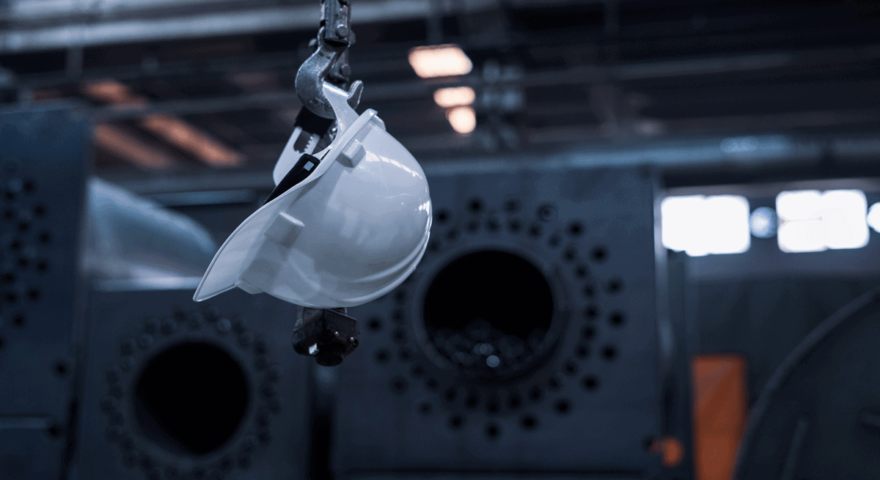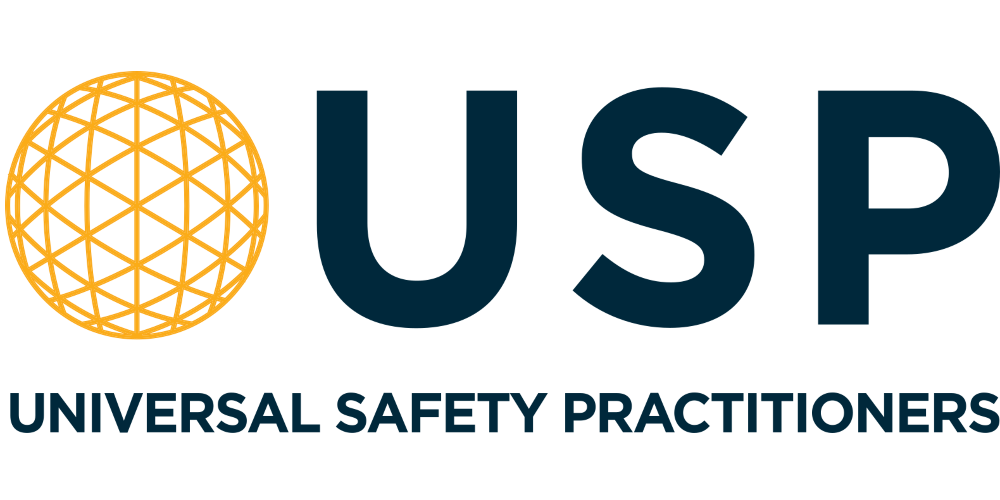Getting Back to Work Safely


To say the world as we know it has changed would be somewhat of an understatement. Where we once crammed onto public transport at rush hour, buses and trains now stand almost empty at 7am, as the world settles in to working from home. With that being said however, many businesses are finally being able to attempt getting back to work safely – but there’s truly something to be said for post-Covid office safety measures. Is it something you’ve thought about yet?
Whether your company’s physical workspace be an office, warehouse, construction site or otherwise, a thorough risk assessment is not only sensible, but required. Getting back to work safely goes further than extra time spent washing up your coffee mug and no more car-pooling; it means a full risk assessment covering all shared and communal spaces, equipment, company vehicles and spacing.
Here are some things to consider when aiming to get your employees back to work safely:
Space – it’s never mattered more
Social distancing has quickly become the norm, and getting back to work safely is no different. In an office environment, this means pains must be taken to ensure at least a two metres radius around each desk or employee; alternatively, you could provide a physical barrier between workspaces.
Ridesharing – to or during work
If your business operates with teams which are regularly travelling to or from customers sites, for instance, getting back to work safely may pose challenges with regards to transportation. The official line is that social distancing needs to be maintained whilst operating a vehicle; this means no more than one person seated in a vehicle made to seat two, and no more than two people occupying a vehicle which seats three or more. Logistically, you need to consider how your teams’ vehicle requirements may have changed, and adjust their transportation as such.
Sanitization – moreover, whose responsibility it is
Sanitization is going to play a huge part in getting back to work safely; read the government guidelines and build a set of rules for employees to follow, along with a solid schedule. Bear in mind, as a business leader, you need to make it clear whose responsibility it is to sanitise what; for instance, who sanitises kitchen/shared canteen areas? To what level is each employee responsible for sanitising their own space and equipment? Will an external cleaner or other professional be hired to do so? Set clear expectations to avoid any mishaps in future.
PPE – when to wear it and why
Ensuring that your employees have the correct protective equipment – and that its ongoing use is enforced – is crucial to getting back to work safely. Whilst it wouldn’t be unusual to ask your workforce to supply their own facemask (let’s face it, it’s likely we’re all going to have a reusable one by some point), make sure you have enough on-hand in the event that you need more. Whilst many consider facemasks, gloves and the like a necessary evil, it’s important to make sure your employees understand why they need the right PPE; we’re all in this together, after all.
Getting back to work safely is a group effort; it requires work, collaboration and flexibility from all angles. But, if we work together to identify and work with the healthy and safety implications of doing so, we’ll undoubtedly overcome.
Right now, we’re helping our clients assess the risks Covid-19 presents, many of which are completely unprecedented. With over 25 years of experience in health and safety consultancy, despite posing as yet unseen challenges, USP are proudly rising to the occasion. If you’re interested in getting back to work safely and would like to discuss how USP can help you do so, contact our expert team today.
